So I've currently managed to write a shader using Xoppa tutorials and use an AssetManager, and I managed to bind a texture to the model, and it looks fine.
[ [1
[1
Now the next step I guess would be to create diffuse(not sure if thats the word? phong shading?) lighting(?) to give the bunny some form of shading. While I have a little bit of experience with GLSL shaders in LWJGL, I'm unsure how to process that same information so I can use it in libGDX and in the glsl shaders.
I understand that this all could be accomplished using the Environment class etc. But I want to achieve this through the shaders alone or by traditional means simply for the challenge.
In LWJGL, shaders would have uniforms:
in vec3 position;
in vec2 textureCoordinates;
in vec3 normal;
out vec2 pass_textureCoordinates;
out vec3 surfaceNormal;
out vec3 toLightVector;
uniform mat4 transformationMatrix;
uniform mat4 projectionMatrix;
uniform mat4 viewMatrix;
uniform vec3 lightPosition;
This would be reasonably easy for me to calculate in LWJGL
Vertex file:
attribute vec3 a_position;
attribute vec3 a_normal;
attribute vec2 a_texCoord0;
uniform mat4 u_worldTrans;
uniform mat4 u_projViewTrans;
varying vec2 v_texCoords;
void main() {
v_texCoords = a_texCoord0;
gl_Position = u_projViewTrans * u_worldTrans * vec4(a_position, 1.0);
}
I imagine that I could implement the uniforms similarly to the LWGL glsl example, but I dont know how I can apply these uniforms into libgdx and have it work. I am unsure what u_projViewTrans is, I'm assuming it is a combination of the projection, transformation and view matrix, and setting the uniform with the camera.combined?
If someone could help me understand the process or point to an example of how (per pixel lighting?), can be implemented with just the u_projViewTrans and u_worldTrans, I'd greatly appreciate your time and effort in helping me understand these concepts a bit better.
Heres my github upload of my work in progress.here